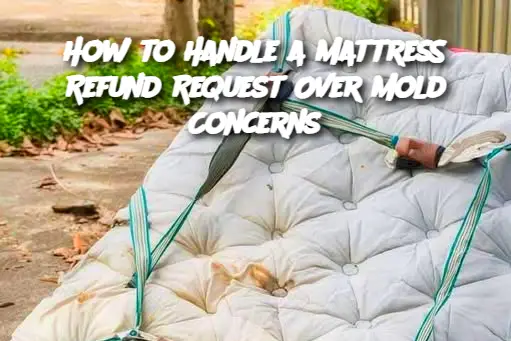ADVERTISEMENT
Introduction
Selling a mattress can be a smooth process, but sometimes, issues arise after the transaction. If a buyer claims that the mattress has mold, but you don’t believe it does, you’ll need to handle the situation carefully. This article will guide you through the best approach to address the buyer’s concerns, protect yourself, and find a fair resolution.
Steps to Address the Issue
1. Request Proof
Before assuming anything, ask the buyer for clear photos or videos of the alleged mold. This will help you assess the validity of their claim.
2. Inspect the Mattress (If Possible)
If the buyer is local and willing, inspect the mattress in person. What they believe to be mold could be simple discoloration, dust, or a stain.
3. Consider the Sale Terms
If you sold the mattress “as-is” with no refunds, politely remind the buyer of the agreement.
If a warranty was included, check whether mold falls under the covered issues.
4. Determine If It’s Actually Mold
Mold has a musty smell and often appears as black, green, or white fuzzy patches. If the discoloration doesn’t have these characteristics, it could be something else.
5. Offer a Compromise (If Necessary)
If the buyer is persistent, consider a fair resolution. Possible options include:
ADVERTISEMENT
